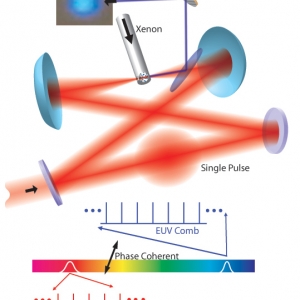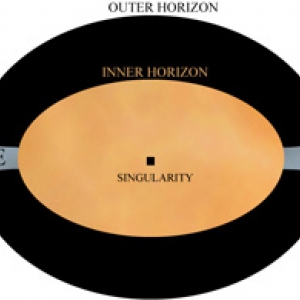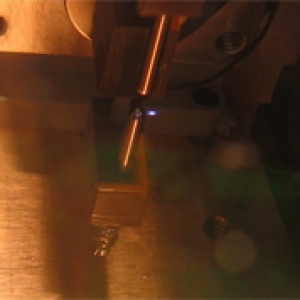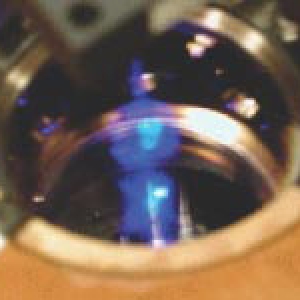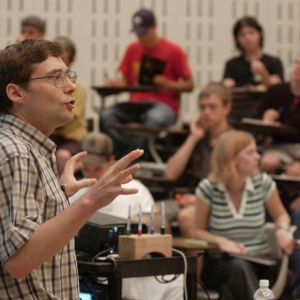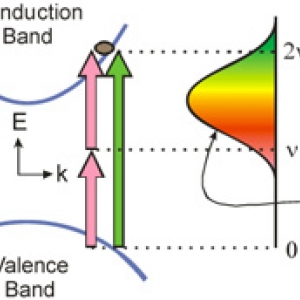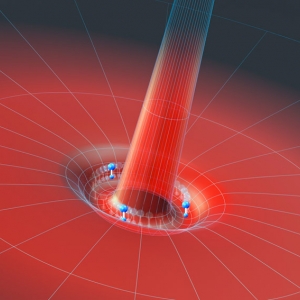Research Highlights
Displaying 501 - 507 of 507
Laser Physics
The World's First UV Frequency Comb
PI(s):
Jun Ye
Astrophysics
Space: Like a River
PI(s):
Andrew Hamilton
Laser Physics | Precision Measurement
The Power of Mirrors
PI(s):
Jun Ye
Atomic & Molecular Physics
There's Strontium in the Clock
PI(s):
Chris Greene | Jun Ye
Other
Physics Class Rocks!
PI(s):
Carl Wieman
Laser Physics | Precision Measurement
Light Control
PI(s):
Steven Cundiff
Atomic & Molecular Physics
Laws of Attraction
PI(s):
Chris Greene




